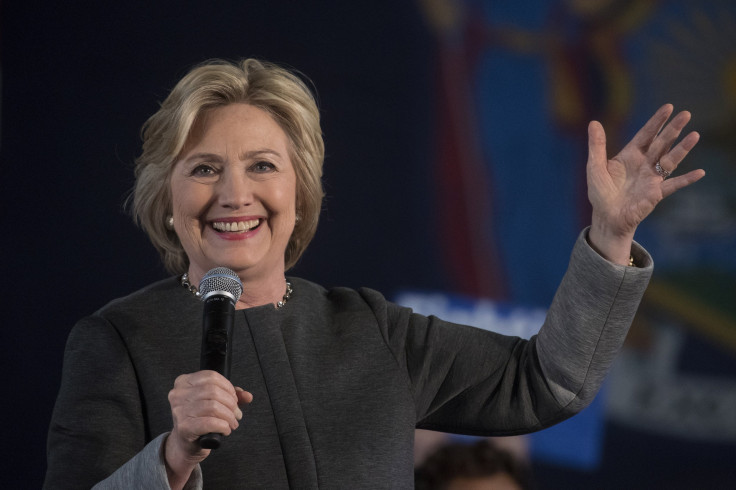Hillary Clinton, Donald Trump Top New York Polls By Double Digits: Election 2016 Poll

As April 19’s New York primary creeps closer, the front-runners from both parties are posting significant leads over their competitors in polls of the delegate-rich state’s Republican and Democratic voters. A Fox News poll released Sunday gives former Secretary of State Hillary Clinton and businessman Donald Trump double-digit leads in the Empire State, a place they both call home.
Should the polls hold steady, the state could further solidify what is already a strong lead for Clinton over her challenger in the primary, Vermont Sen. Bernie Sanders, who trails her in the delegate count but has won seven of the last eight states that have voted. For Trump, a big lead in New York could push him closer to the required 1,237 delegates needed to win the Republican nomination outright and avoid the potential for a contested convention.
Trump leads in the new poll with 54 percent of the likely GOP primary vote, followed by Ohio Gov. John Kasich with 22 percent and Texas Sen. Ted Cruz, who pulls in 15 percent support. The state could be important to re-establish Trump’s momentum after losing to Cruz in last week’s Wisconsin primary with significant margins that made some wonder if Trump may be showing new vulnerability. Trump’s lead is widespread and he attracts support from both men and women, voters of all ages and from voters with and without college degrees.
On the Democratic side, Clinton leads Sanders 53-37 percent in the Fox News poll, bolstered by the diverse electorate in the state and the closed-primary system that is likely to favor Clinton since independent voters won’t be able to cast ballots in the primary. Sanders does lead the former secretary of state with young and male voters, however.
The poll was conducted April 4-7 and has an overall margin of error of 2.5 percent. There were 801 likely Democratic primary voters contacted by landline and cell phone with a margin of error of 3.5 percent. There were 602 likely GOP voters contacted with a margin of error of 4 percent.
© Copyright IBTimes 2025. All rights reserved.






















